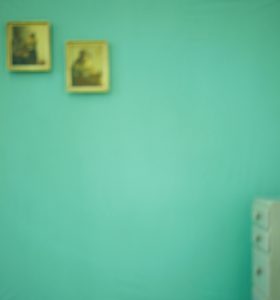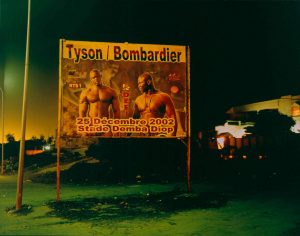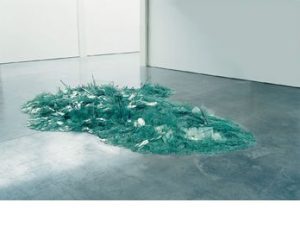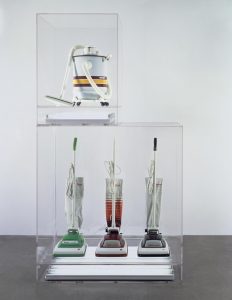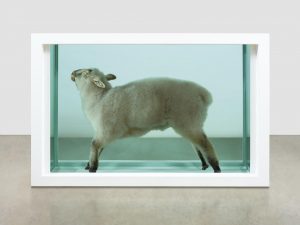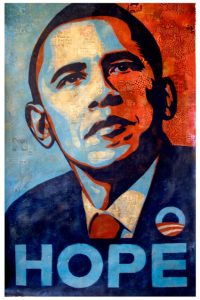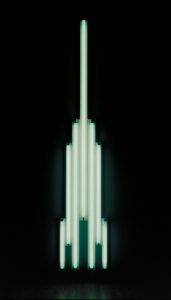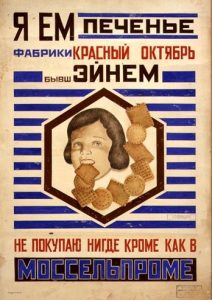William Eckersley in his project “Dark City” captured the connection people have to the city of London during the day creating a new feeling and story along the way. “The stage is devoid of its human players and seems to showcase the scenery’s forgotten beauty, revealing a stark and otherworldly aesthetic in a city drained of its occupants” (Williameckersley.com, 2017). This shows us that Eckersley is painting a picture of how the passer can view London, by highlighting the things that are typically shadowed when the sun is out. Taking away the sprawling human community that would typically pollute vision, allows for us to see deeper into the visuals that the city provides us. We can see the detail in each slab of stone on the floor, the dirt that contaminates the frames on the windows and highlights all of this with the inorganic lights producing cold blues and warm oranges all creating a different feeling and connection to the city.
Uta Barth on the other hand detaches us from the safety of seeing what is around us. Instead we are left to interoperate what is there, to really think about what it is why see and not only that think about the feelings that it provokes. “The primary effect of the blur in her photographs is to make a specific image generic” (Tate, 2017). In doing this Barth makes the image more about making the viewer more aware of the conscious activity of looking. Instead of using a camera to take a sharp and crisp image she has used it to create an almost Abstract Expressionist painting.
Rut Blees Luxemburg similarly to Eckersley captures during the night, but in her instance focussing on “that which is slightly on the side and on the margins” (Mint Magazine, 2017). In doing this Luxemburg produces a story for a particular thing that the details of which would typically be looked over or ignored. This creates a new connection to the subject that the viewer may not have had before seeing the images she captures.
References
Williameckersley.com. (2017). WILLIAM ECKERSLEY » Projects / Dark City (2011). [online] Available at: http://www.williameckersley.com/projects/dark-city/ [Accessed 21 Dec. 2017].
Eckersley, W. (2011). Dark City. [image] Available at: http://www.williameckersley.com/projects/dark-city/ [Accessed 21 Dec. 2017].
Barth, U. (1997). [image] Available at: http://utabarth.net/work/ground/#image-4 [Accessed 21 Dec. 2017].
Tate. (2017). Uta Barth born 1958 | Tate. [online] Available at: http://www.tate.org.uk/art/artists/uta-barth-2678 [Accessed 21 Dec. 2017].
Mint Magazine. (2017). An Interview With Photographer Rut Blees Luxemburg. [online] Available at: http://www.mintmagazine.co.uk/art/an-interview-with-photographer-rut-blees-luxemburg/ [Accessed 21 Dec. 2017].
Luxemburg, R. (2003). Tyson/Bombardier. [image] Available at: http://www.tate.org.uk/art/artworks/blees-luxemburg-tyson-bombardier-p20267 [Accessed 21 Dec. 2017].


